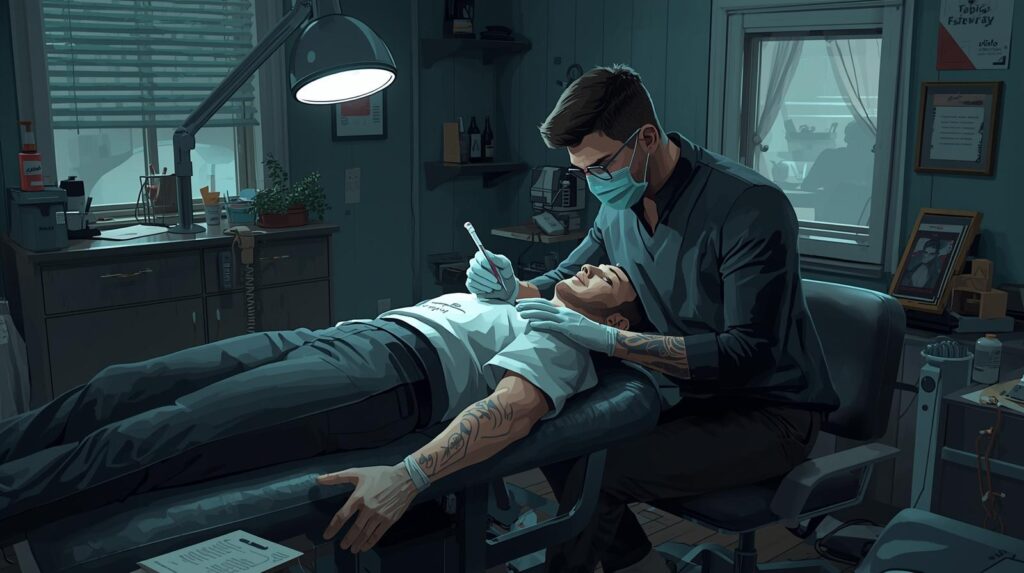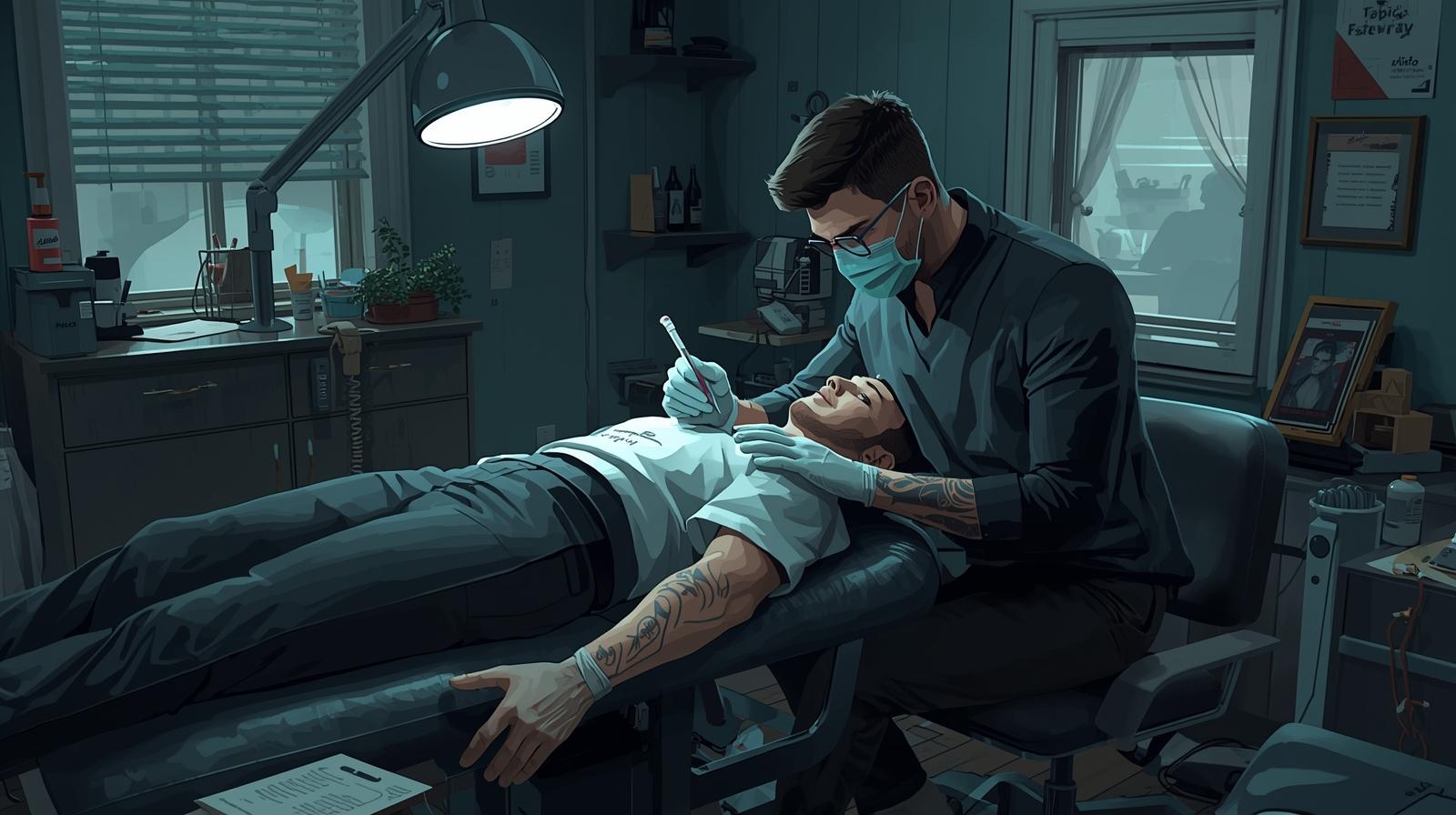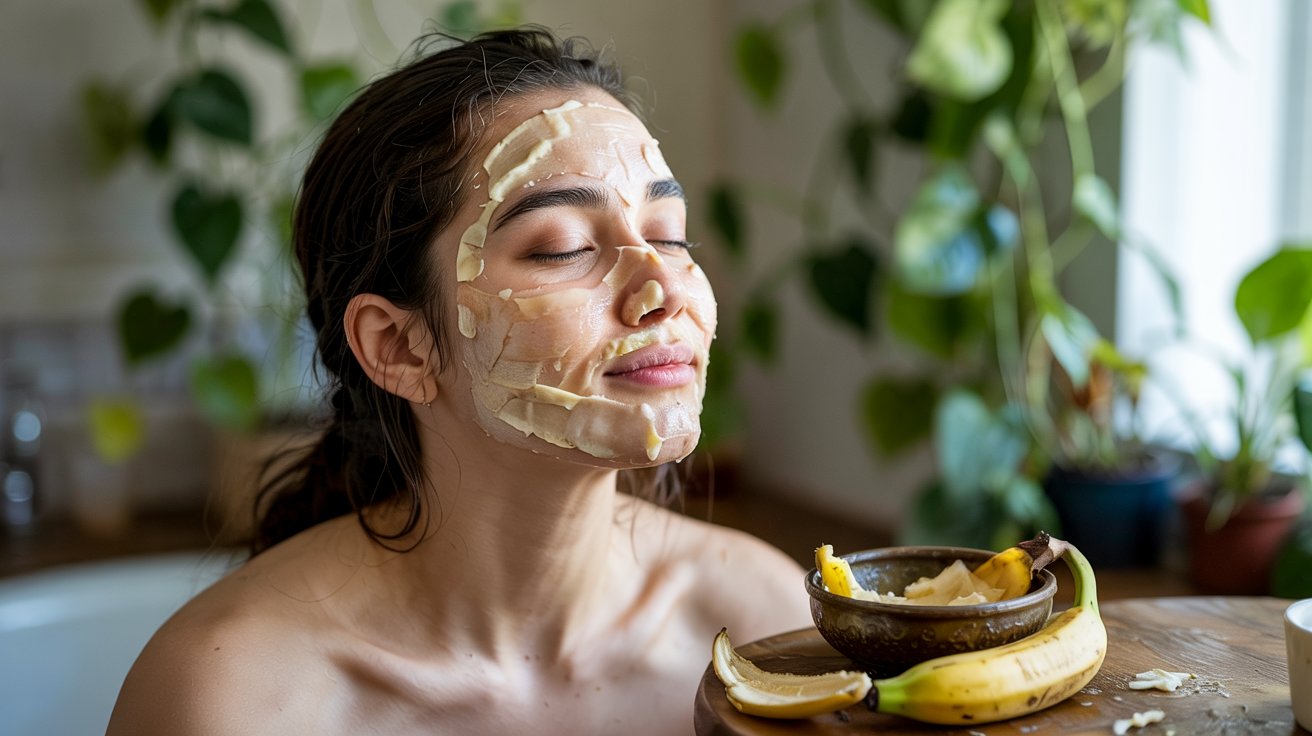Anesthesia for Tattoo: A Deep Dive
Introduction
Getting a tattoo can be an exciting yet nerve-wracking experience. For many, the fear of tattoo pain often overshadows the excitement. That’s where anesthesia for tattoos steps in – helping reduce discomfort and making the inking process smoother and more enjoyable.
What is Tattoo Anesthesia?
Tattoo anesthesia refers to pain relief methods used during the tattooing process. It can come in different forms such as numbing creams, sprays, or injections, designed to dull nerve endings and make the skin less sensitive to the tattoo needle.
Why Consider Anesthesia for Tattoos?
Not everyone experiences tattoo pain the same way. Several reasons make anesthesia an appealing option:
Pain Tolerance and Sensitivity
Some people naturally have a lower pain threshold, especially in sensitive areas like ribs, spine, or inner arm. Anesthesia can make the session much more manageable.
Large or Detailed Tattoos
If you’re getting a large or intricate design, the process can take hours. A numbing agent ensures comfort during those long sessions.
Medical or Psychological Reasons
People with conditions like anxiety, chronic pain, or neuropathy may benefit from tattoo anesthesia, helping them remain calm and relaxed throughout the session.
Types of Anesthesia Used for Tattoos
Topical Anesthetics (Numbing Creams and Sprays)
The most popular option among tattoo lovers. These are applied on the skin before the session and start working within 20–40 minutes. They usually contain lidocaine, a local anesthetic that blocks pain signals.
Local Anesthesia
Sometimes, professionals use local injections to numb specific areas, especially for cosmetic tattoos or medical tattooing. These are administered by medical experts only.
General Anesthesia (Rare Cases)
General anesthesia is almost never used for tattoos. It’s reserved for extremely large or reconstructive tattoos and is always performed under medical supervision.
How Topical Anesthesia Works
When you apply a numbing cream, lidocaine and other agents penetrate the skin and temporarily block the nerve endings that send pain signals to your brain. The effect usually lasts 60–90 minutes, depending on the product and application method.
Popular Numbing Creams and Sprays for Tattoos
Lidocaine-Based Creams
These are the most effective and widely used. Brands like Dr. Numb, Numbify, and TKTX offer fast-acting relief and are safe for most skin types.
Benzocaine and Tetracaine Products
Some creams mix benzocaine or tetracaine with lidocaine for an extended numbing effect – perfect for long tattoo sessions.
How to Apply Numbing Cream Before Tattooing
Step-by-Step Process
- Clean the skin with mild soap and water.
- Apply a thick layer of the numbing cream over the area.
- Cover it with plastic wrap to trap the heat and activate absorption.
- Wait 30–60 minutes before removing the wrap.
- Wipe off the excess cream before tattooing begins.
Timing and Duration
Most creams stay effective for 1–2 hours. Reapplication during breaks is possible but should be done carefully to avoid skin irritation.
Do Tattoo Artists Recommend Anesthesia?
Opinions are divided. Some tattoo artists encourage it for first-timers or long sessions, while others prefer not to use it because it can slightly alter skin texture and elasticity during tattooing.
Pros and Cons of Using Anesthesia for Tattoos

Advantages
- Reduces pain and discomfort
- Helps complete larger tattoos in one session
- Keeps you relaxed and still, improving tattoo precision
Disadvantages
- May cause temporary swelling or redness
- Can alter ink absorption in some cases
- Not suitable for all skin types
Does Anesthesia Affect Tattoo Quality?
This is a common concern. In most cases, topical anesthesia doesn’t affect tattoo quality if applied correctly. However, overuse or using low-quality creams might make the skin slippery, affecting needle penetration and ink retention.
Are There Any Side Effects of Tattoo Numbing Creams?
While generally safe, some users may experience:
- Mild redness or rash
- Allergic reactions (rare)
- Prolonged numbness or tingling sensation
Always do a patch test before using any product to ensure your skin reacts well.
Natural Alternatives for Reducing Tattoo Pain
If you prefer avoiding anesthetics, try these natural pain-reducing methods:
- Stay hydrated before your session
- Get proper sleep the night before
- Avoid alcohol or caffeine (they thin your blood)
- Eat a healthy meal to maintain energy levels
- Use breathing techniques or distraction methods during tattooing
Precautions Before Using Tattoo Anesthesia
- Always consult your tattoo artist before applying any cream.
- Avoid products with high chemical concentrations.
- Never apply on broken or inflamed skin.
- Follow manufacturer’s instructions strictly for safe results.
Professional Advice: When to Use and When to Avoid
Use anesthesia if:
- You’re a first-timer or have low pain tolerance.
- The tattoo is large or placed in a sensitive area.
Avoid it if:
- You have skin allergies or open wounds.
- The tattoo artist specifically advises against it.
Conclusion
Using anesthesia for tattoos can transform your experience from painful to comfortable. While it’s not a necessity for everyone, it’s a great option for those who fear pain or plan long sessions. Always use safe, dermatologist-approved products and communicate openly with your tattoo artist for the best results.
Also Read: Banana Peel for Face: Nature’s Secret Skincare Hack
FAQ’s
Can I use numbing cream for any type of tattoo?
Yes, you can, but always confirm with your tattoo artist. Some prefer not to use it due to changes in skin texture.
How long does tattoo anesthesia last?
Typically, numbing effects last 60–120 minutes, depending on the product used.
Are tattoo numbing creams safe for all skin types?
Most are safe, but sensitive skin may react. Always perform a patch test first.
Can I apply numbing cream myself?
Yes, but follow the exact instructions to avoid irritation or overuse.
Does tattoo anesthesia affect healing?
No, if used correctly, it doesn’t affect healing or color quality. However, improper use can lead to skin dryness or irritation.







